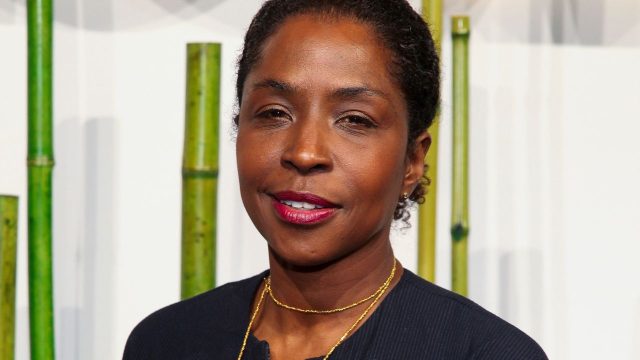
From the start of her career, “creating an aura of mystery has been Lorna Simpson’s generative MO,” said Holland Cotter in The New York Times. The latest chapter of her career finds her focused on painting rather than the conceptual photography that initially won her acclaim. While the 65-year-old New York City native still often centers Black female figures in her work, the figures in her paintings are often taken from vintage issues of Ebony and Jet magazines, enabling her to “edit and play with the female ideals that the magazine photos were intended to represent and promote.” Those images can be striking. “More interesting, though, is the presence in the exhibition of a kind of poetically haunting imagery not previously associated with this artist.” Some incorporate news photo images, such as of 1967 Detroit burning. Others, including her large-scale, blue-washed paintings inspired by glacial landscapes, create a mood that’s “as bleak as it is beautiful.”
The entire show is “a testament to how an artist’s vision can transcend media,” said Brian P. Kelly in The Wall Street Journal. Simpson’s early photographs, which often combine high-contrast black-and-white images with snippets of text, explored Blackness, gender, and identity. By 1990, she’d earned the distinction of being the first African American woman to have her work appear both at the Venice Biennale and in a solo exhibition at the Museum of Modern Art. But her “omnivorous creative appetite” has compelled her to venture into film and installation, and she excels at painting as well. Each of her blue arctic paintings is “a symphony of color.” The 2021 diptych For Beryl Wright is “slightly menacing,” yet “it calls to us, siren-like, impelling us to draw closer to the mysterious scene.” Similarly, in her large 2024 painting of a meteorite found in 1922 by a Black Mississippi sharecropper, the rock, depicted as if floating or falling, appears “solid, imposing, and seemingly out of time.”
Two paintings hung at the entrances to the Met’s exhibition “juxtapose the bestial and the refined,” said Ariella Budick in the Financial Times. In True Value (2015), a “retro-chic” female figure wrapped in cheetah skin walks a cheetah, though with the faces of the woman and the cat swapped. Like Nightmare?, at the other end, True Value is “lushly executed” and “psychologically unnerving.” It “strikes deep notes that viewers can’t always make sense of but can feel in their bones.” In between those two gatekeepers, though, this show “rises only intermittently to the expectations they set.” Simpson “has a knack for existential dread,” but she hasn’t yet allowed herself to fully express passion in her paintings. “The surfaces remain restrained, the depths elusive.” Even when she selects found images for their potential emotional impact, she “keeps herself at a remove.”
Metropolitan Museum of Art, New York City, through Nov. 2






